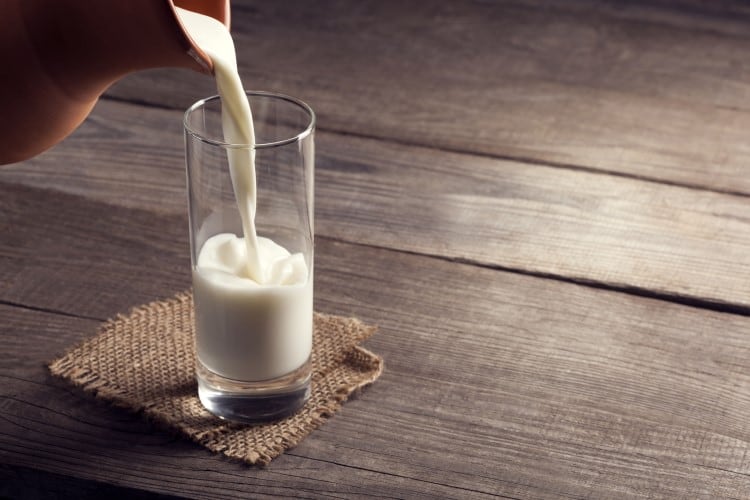The method, which can be used to reduce intrinsic sugar in milk, malt and fruit juices by 30%, could enable Nestlé to manufacture dairy-based products that boast fiber- and prebiotic-related label claims – a feat that’s difficult to achieve without additional fortification.
In the US and across most European countries, recommended intake for dietary fiber is between 30-35g for men and 25-32g for women per day – but many consumers fail to incorporate enough fiber in their diet. According to the Dietary Guidelines for Americans however, more than 90% of US women and 97% of men do not meet the recommended intake levels.
While milk is an essential source of nutrients from calcium and riboflavin to iodine and zinc, it contains no dietary fiber, which is typically found in wholegrains, beans, nuts and fruit. But scientists working on Nestlé’s now-patented technology found that their process resulted not only in reduced sugar levels with little impact on taste and texture, but also in the creation of galacto-oligosaccharides (GOS), otherwise known as dietary fibers.
“Clinical studies have shown that GOS fibres can boost multiple types of beneficial bacteria in healthy adults,” a spokesperson told us. “As such, we are further exploring the use of this new technology beyond sugar reduction in different types of dairy-based products.
“We are able to generate enough fibre to have, for instance, a ‘source of fibre’ claim is several countries.”
Nestlé’s process, which can be applied to both liquids and powders, involves ‘polymerizing’ the lactose in milk to create GOS along with glucose and galactose. Polymerization is a naturally-occurring enzyme reaction where two or more small molecules (monomers) combine to form larger molecules with repeating structural units.
The sugar-reduced ingredients can then be used in recipes for various products without having to add sweeteners or bulking agents to replace the volume of the eliminated sugar. We were also told that the enzyme used by Nestlé in this process is considered in many geographies as a ‘process processing aid’ and is thus exempt from labeling according to regulatory guidelines in most markets.
The sugar reduction technology, which Nestlé says is able to implement within its manufacturing process in an efficient way, was first piloted in cocoa and malt-based ready-to-drink beverages in Southeast Asia. Over the past year, the company introduced it in factory lines for cocoa and malt-based powdered beverages such as Milo across several countries across Asia, Africa, and Latin America.
Since 2021, the sugar reduction technology has been applied to over 200,000 tons of cocoa and malt-based beverages. The roll-out continues, and other product categories such as dairy powders will follow.

